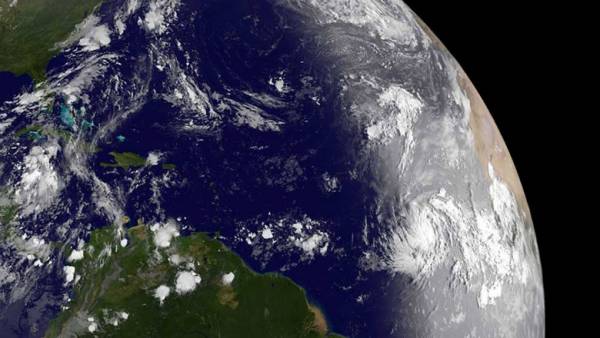Recorded a new threat to the ozone layer
Researchers from the National oceanic and atmospheric administration registered the increase in the concentration of ozone-depleting chlorofluorocarbons (CFCs). Source of harmful substances is still unknown. This publication reports Science Alert.

In 1989 came into force the Montreal Protocol, designed to protect the ozone layer through the removal of production depleting compounds, including CFCs. The latter under the action of ultraviolet radiation, decompose with the formation of atomic chlorine, react with ozone. Chlorofluorocarbons, particularly CFC-11, used in refrigerants and aerosols, and currently their production is almost completely stopped.
Since 1993, the concentration of CFC-11 in the atmosphere has decreased by 15 percent, however, from 2014 to 2016 its emissions increased by 25 percent compared to the average for 2002-2012 years. This slows down the reduction of chlorofluorocarbons by almost two times.
First, scientists assumed that the emissions associated with the destruction of old buildings containing refrigerants with CFC-11. The results of simulation of weather conditions showed that the contribution of this source should be negligible.
According to the researchers, this means that CFC-11 is once again produced, its concentration is high in the Northern hemisphere. A possible source is located in the Eastern Asia and may be China, Mongolia, North or South Korea.